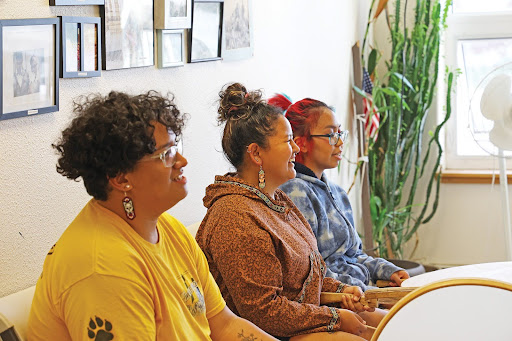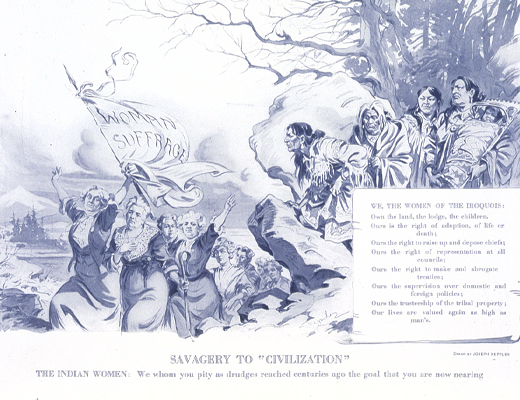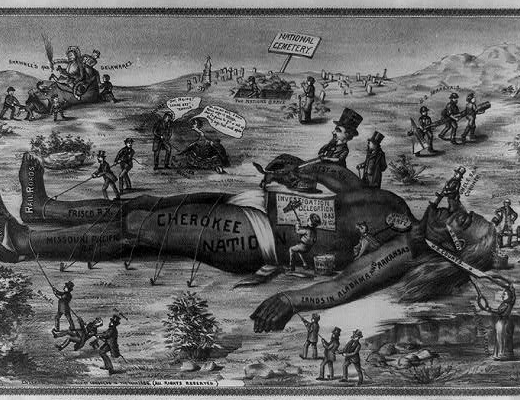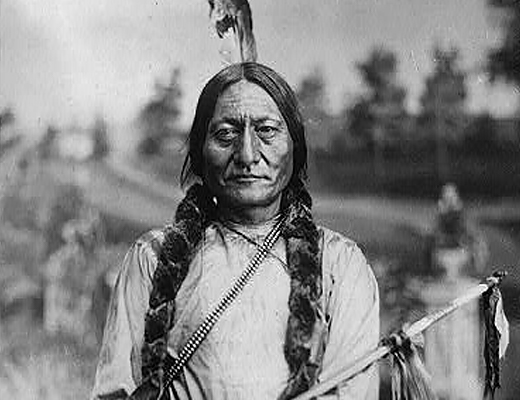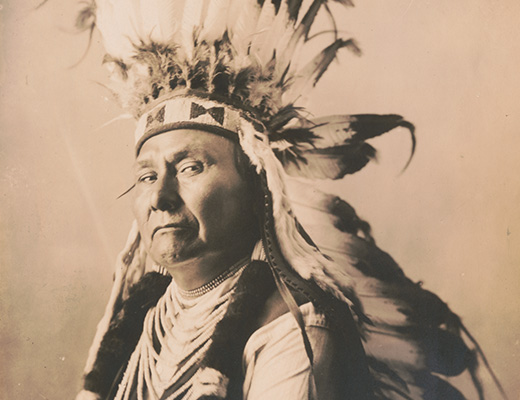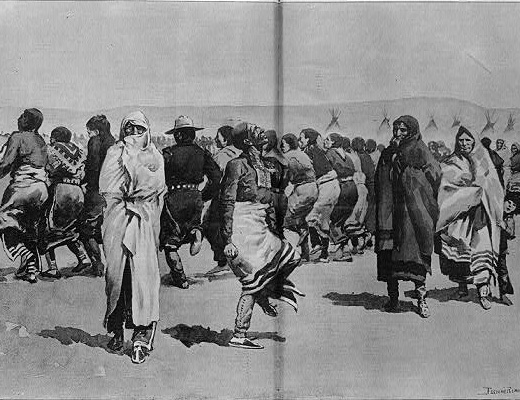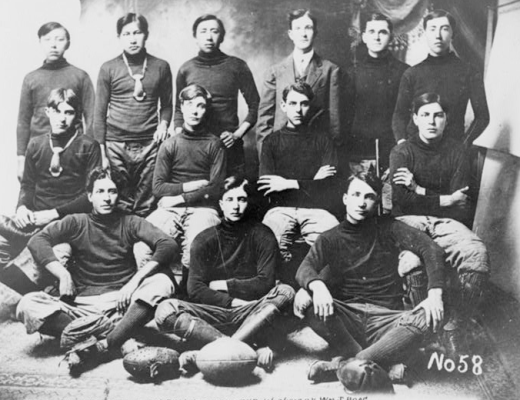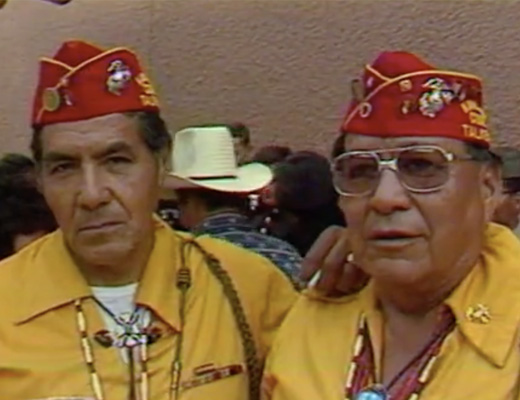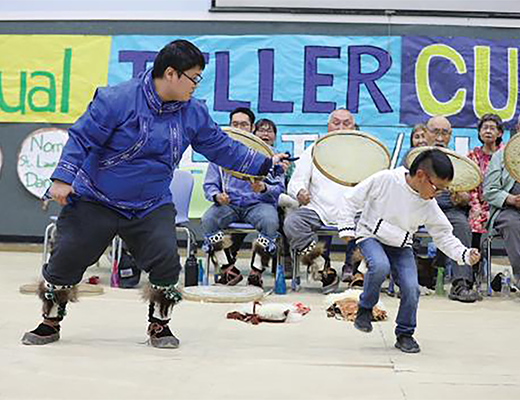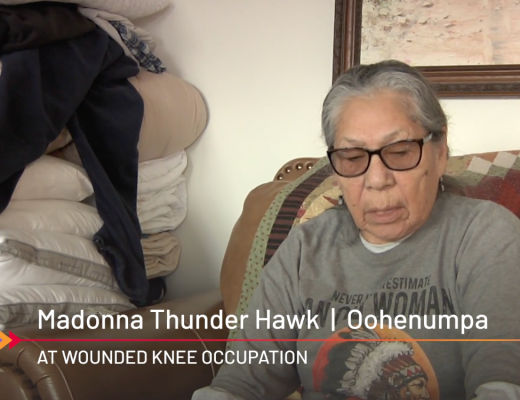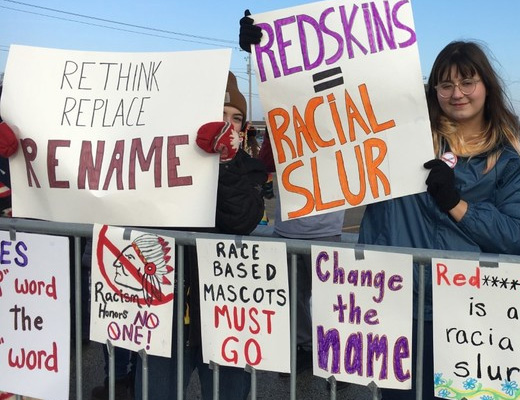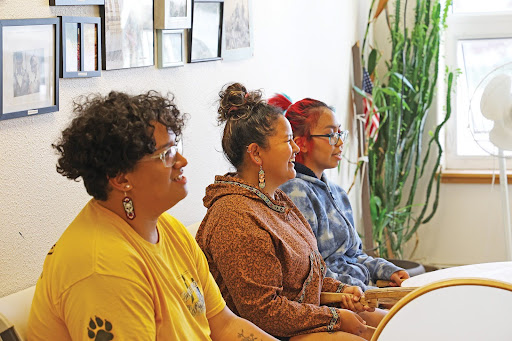Alaska Natives have been fighting for the preservation of their land, their health, and their resources since colonization of their land began in the 1700s. With more than 200 tribes, many Alaska Natives rely on a subsistence way of life, meaning sourcing their basic needs from the land and water, rather than relying on a currency or market based economy.
The Arctic National Wildlife Refuge (ANWR), 19 million acres in northeastern Alaska, is located on the homelands of the Inupiat and Gwich’in people. An area rich with oil and gas, Alaska Natives have a long history of fighting to protect ANWR from oil drilling.
In 1966, Alaska Natives successfully protested the United States government’s oil and gas lease sale on the North Slope of ANWR resulting in the Alaska Natives Settlement Act in 1971, which granted Alaska Natives 44 million acres and froze development on the refuge. In 1982, Congress and President George H.W. Bush enacted a moratorium on drilling that was renewed annually until 1990, when President George W. Bush reversed the ban.
In 2014, President Barack Obama declared an additional 5 million acres of the refuge as wilderness, making a total of 12.8 million acres safe from drilling. In 2017, President Donald Trump signed into law a bill that opened up a portion of ANWR for oil drilling. However, in 2021, under President Joe Biden, Deb Haaland, Secretary of the Interior, suspended all Trump era oil and gas leases pending a review on the impact the drilling would have on the area.
Directions:
Watch the video clip. Then answer the following questions:
“Teller Hosts 17th Annual Cultural Festival.” Nome Nugget. Diana Haecker. Oct. 6, 2023.
Questions
Annotate this Image
Background
In 1958, the United States Atomic Energy Commision created Project Chariot, in which they planned to bury and detonate a string of nuclear devices in northwest Alaska. Although the nuclear explosion itself never took place, the water and soil all around the Alaska Native village of Point Hope was contaminated with radioactivity left over by U.S. military operations. Human experiments involving radiation were conducted on the Inupiat residents of Point Hope, including children and elders.
For decades, the Inupiat residents of Point Hope have experienced high rates of cancer-related deaths. Lawsuits ensued with residents demanding the contaminated soil be removed by the US government. While clean-up efforts got underway, the federal government took no responsibility for its actions.
Directions
Use the annotator tool to analyze coverage of Project Chariot in The Nome Nugget. Scroll to the far right column. Then answer the following questions:
- What words stuck out to you in the article? What did the article make you think about?
- By 1961, the date the article was published, the toxic and most often deadly effects of nuclear radiation on living organisms was known. What do you think of the U.S. government’s justification in carrying out Project Chariot? What do you imagine conversations were like between villages and the U.S. government? How much choice do you think the Inupiat residents of Point Hope had?
- What additional questions do you have after reading the article?
Note:
While many Alaska Natives still use the term Eskimo, some view it as pejorative, with more specific names such as Inuit, or terms specific to a particular community, being preferred.
Use the toggle button above to switch to Magnify Mode. Magnify mode will help you see finer detail in the image.
Switch back to Annotate Mode to create your annotations with click and drag.

Your Annotations
Puzzler
Directions: Take a look at the different sections of the illustration one by one and answer the question that accompanies each section. At the end, you will see the completed image.
Source: "New dance group in Unalakleet revives tradition." Aug. 4, 2023. Photo courtesy of The Nome Nugget to be used for educational purposes only. Nome, Alaska. Photographer: Megan Gannon.
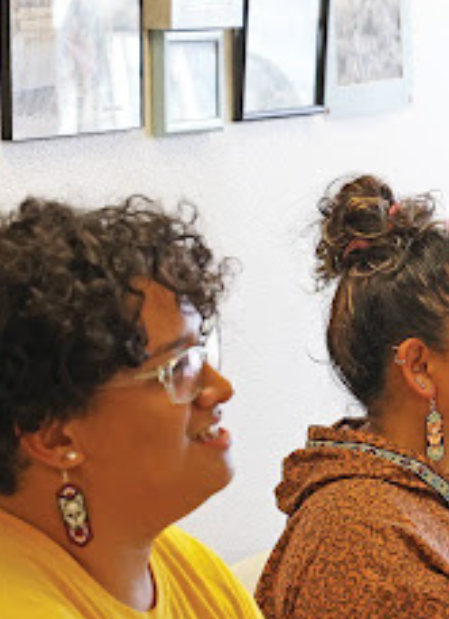
Cropped Image 1
Describe what you see in this section of the image.

Cropped Image 2
What expression does the woman have on her face? Describe what she is wearing.

Cropped Image 3
What do you think the women are doing? What might their clothing or facial expressions tell you?
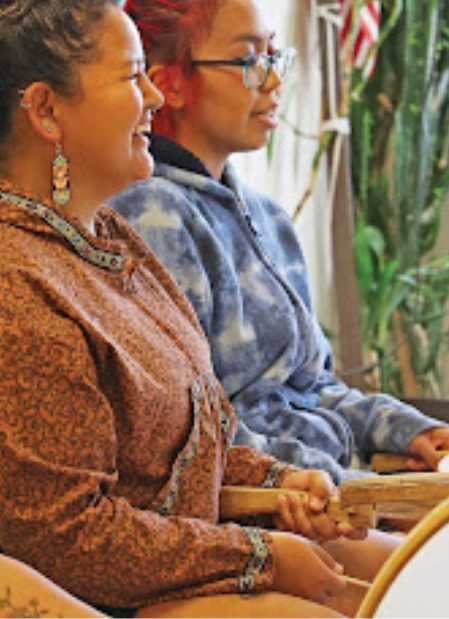
Cropped Image 4
What cultural activity are the women taking part in? What does it look like they are holding?
